
Redefining drug delivery: the ultrasound revolution in healthcare
Published 25 June 2024 (updated 16 May 2025) · 5 min read
Finding an effective method of targeted drug delivery is widely considered the holy grail of precision medicine.
With the help of ultrasound, we now have a viable means of pursuing this goal and reaching the final frontier of the human body.
In the pharmaceutical industry, biology and chemistry have long been the two scientific pillars of therapeutics. Traditionally, the “biologist” has played a crucial role in identifying the causes of disease and testing potential therapies, while the “chemist” has been instrumental in developing small-molecule drugs. The advent of biotechnology has allowed scientists to develop more effective treatments addressing the underlying causes of disease and tailored to individual patients, called precision medicine.
Delivering drugs where they need to go
The latest era in healthcare has introduced innovative therapies, yet achieving precise delivery of these therapies to specific locations within the body remains a significant hurdle. To tackle this challenge, the scientific community is expanding its focus beyond biology and chemistry to include physics, or in this case more specifically ultrasound, forming the third pillar in the fight against disease.
By harnessing the power of high-frequency sound waves above 20 kilohertz, known as ultrasound, we can manipulate the transportation of drugs around the body, sending them precisely where they are needed the most and influencing the way they interact with the biological environment.
The challenge of crossing biological protective barriers
Traditional methods for treating a wide range of diseases rely on the bloodstream as the highway for passive trafficking of drugs across the body. Before reaching their target tissues, these drugs must travel through the thin walls of our smallest blood vessels. For many regions in the body this works efficiently, but sometimes natural protective barriers, such as the tumour microenvironment (TME), can restrict drugs from penetrating the diseased tissue [1].
Pancreatic cancer, a devastating malignancy predicted to become the second leading cause of cancer deaths in industrialised countries by 2030, is particularly burdened by poor drug delivery through the TME. The dense structure of the TME makes access of conventional chemotherapy extremely difficult, requiring high doses to achieve a meaningful impact. This is often limited by the systemic side-effects the drugs cause on healthy tissue in the patient, raising the question, “What if we could deliver more drug to the target site, without administering more drug to the patient?” [2, 3, 4, 5]

Ultrasound: the technology that keeps on giving
Enter ultrasound, which has been in the physician’s toolkit for half a century and is now moving from diagnostics to therapeutics.
Using ultrasound for drug delivery starts with the introduction of microbubbles. These tiny gas-filled bubbles, typically a few micrometres wide, are injected into the bloodstream along with a therapy of choice.
When ultrasound waves of just the right frequency are applied, the microbubbles undergo rapid expansion and contraction. In the body, this vibrational movement exerts mechanical forces on the cells lining the blood vessel walls creating temporary openings between them and allowing the drug to pass through to the underlying tissue.
The effect is highly localised in the part of the body where ultrasound waves are applied and the microbubbles only remain in the bloodstream for around five minutes, allowing for a controlled and targeted delivery of therapy.
Using ultrasound to treat cancer and chronic disease
The Norwegian company EXACT Therapeutics (EXACT-Tx) has developed a patented, cutting-edge technology called Acoustic Cluster Therapy (ACT®). The ACT® procedure is safe, with lower ultrasound energy levels than typical foetal imaging.
Using ACT® to treat pancreatic cancer has shown promising results, with preclinical models showing significant tumour shrinkage. The company is now gearing up for a Phase II study combining ACT® with standard care. This study aims to address the pressing need for better treatment options in pancreatic cancer by potentially revolutionising drug delivery through the TME.
EXACT-Tx also recently completed the first part of a Phase I clinical trial at London’s Royal Marsden Hospital, revealing that liver tumours treated with ACT® and chemotherapy shrank over 10 times more than those without ACT® treatment.
Ultrasound drug delivery isn't just confined to the TME, though; it holds potential for treating other types of cancer and various medical conditions.
For example, both the French company Carthera® and the US company Cordance Medical are developing innovative ultrasound-based medical devices to overcome the blood-brain barrier (BBB) to treat a wide range of severe brain disorders, including glioblastoma tumours.
Meanwhile, healthcare giants Novo Nordisk and GE Healthcare have teamed up to explore ultrasound’s therapeutic potential for pancreatic islet cells in diabetes treatment.
Reshaping the landscape of healthcare
In 2022, when Business Norway started this series of success stories on the role Norway has played in establishing medical ultrasound, the potential of ultrasound in drug delivery was just beginning to shine through. In the past two years, prospective applications have emerged thick and fast [6].
From groundbreaking proof-of-concept studies to the advanced stages of Phase II clinical trials, it is evident that ultrasound-mediated drug delivery is no longer a futuristic aspiration, but an imminent breakthrough poised to reshape the landscape of healthcare.
Spotlight on Norwegian ultrasound industry
The article is part of the series “The global reach of Norwegian ultrasound innovation”, which focuses on how Norwegian ultrasound innovation is impacting medicine globally.
Read the entire series
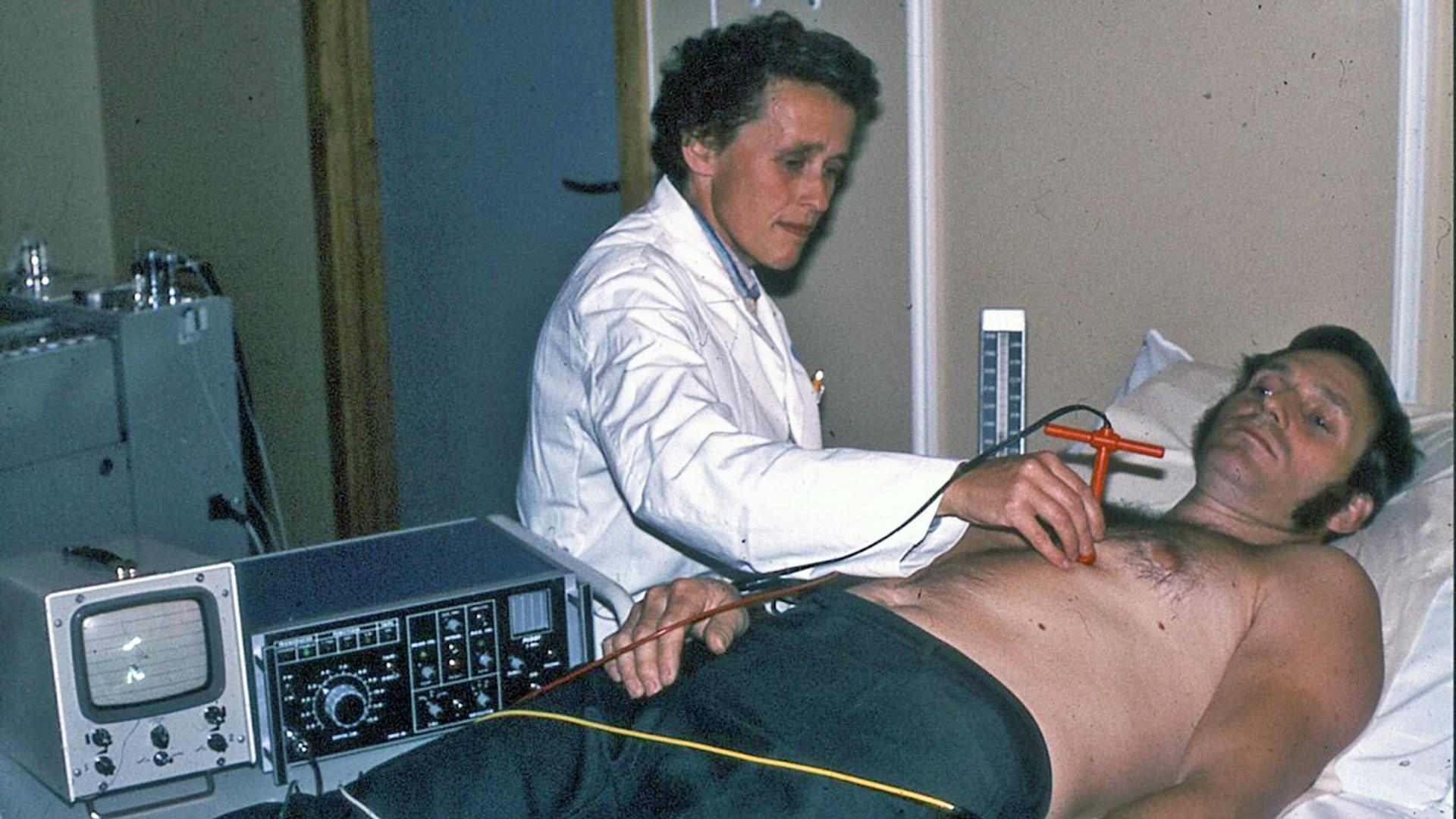 Dr Liv Hatle’s pioneering work in ultrasound saves lives 40 years onPioneering Norwegian cardiologist and professor Liv Hatle contributed to the use of Doppler ultrasound instruments to measure blood flow in patients. Today, her non-invasive methods remain standard routine for diagnosis of cardiac disease in hospitals around the world.
Dr Liv Hatle’s pioneering work in ultrasound saves lives 40 years onPioneering Norwegian cardiologist and professor Liv Hatle contributed to the use of Doppler ultrasound instruments to measure blood flow in patients. Today, her non-invasive methods remain standard routine for diagnosis of cardiac disease in hospitals around the world.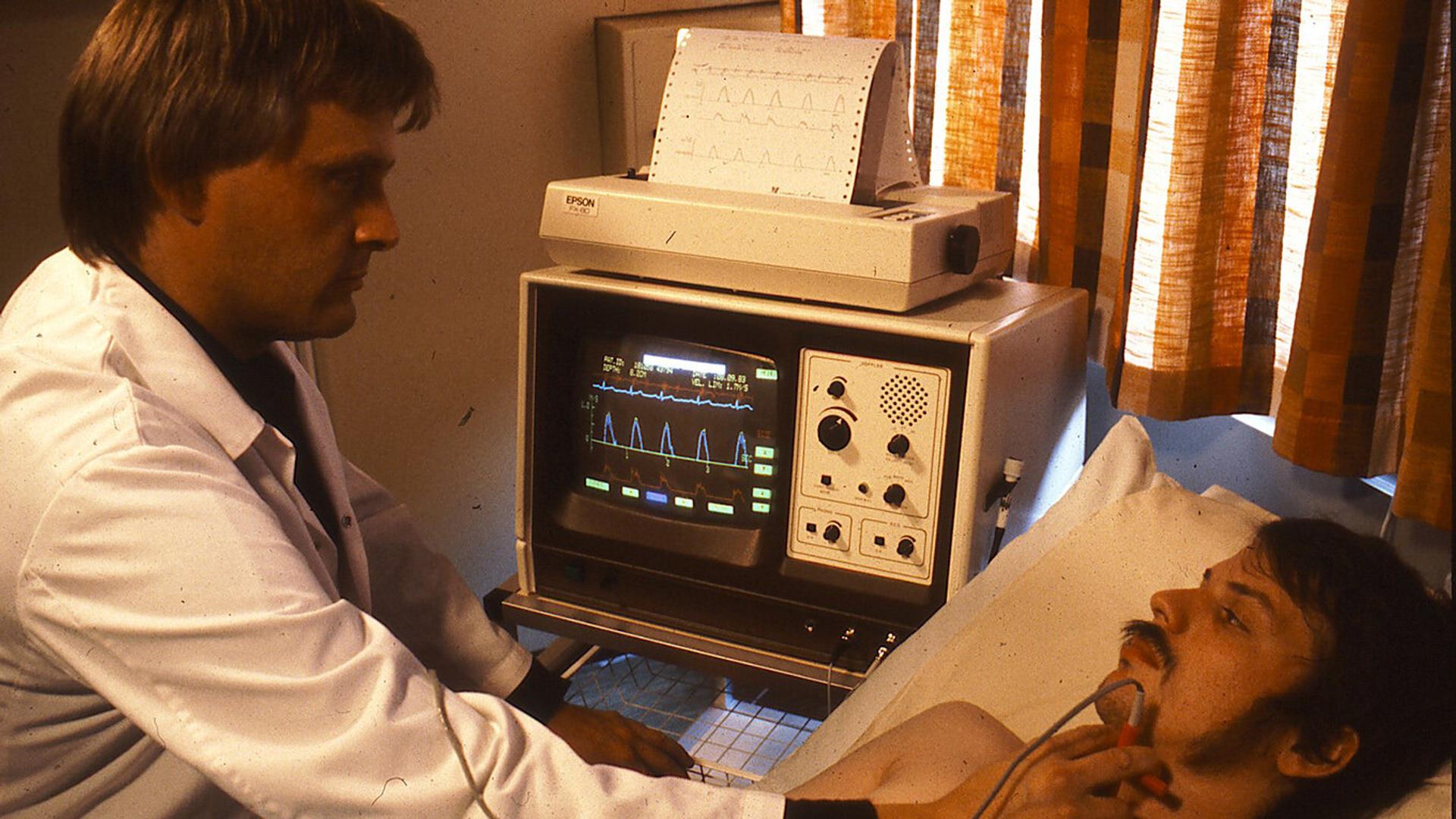 How Bjørn Angelsen’s innovation spearheaded a medical ultrasound industryPioneering Norwegian professor Bjørn Angelsen invented a Doppler ultrasound device to measure blood flow that would evolve into the modern ultrasound imaging equipment used in tens of millions of procedures each year. He also managed to devise the “E = mc2 of cardiology” along the way.
How Bjørn Angelsen’s innovation spearheaded a medical ultrasound industryPioneering Norwegian professor Bjørn Angelsen invented a Doppler ultrasound device to measure blood flow that would evolve into the modern ultrasound imaging equipment used in tens of millions of procedures each year. He also managed to devise the “E = mc2 of cardiology” along the way.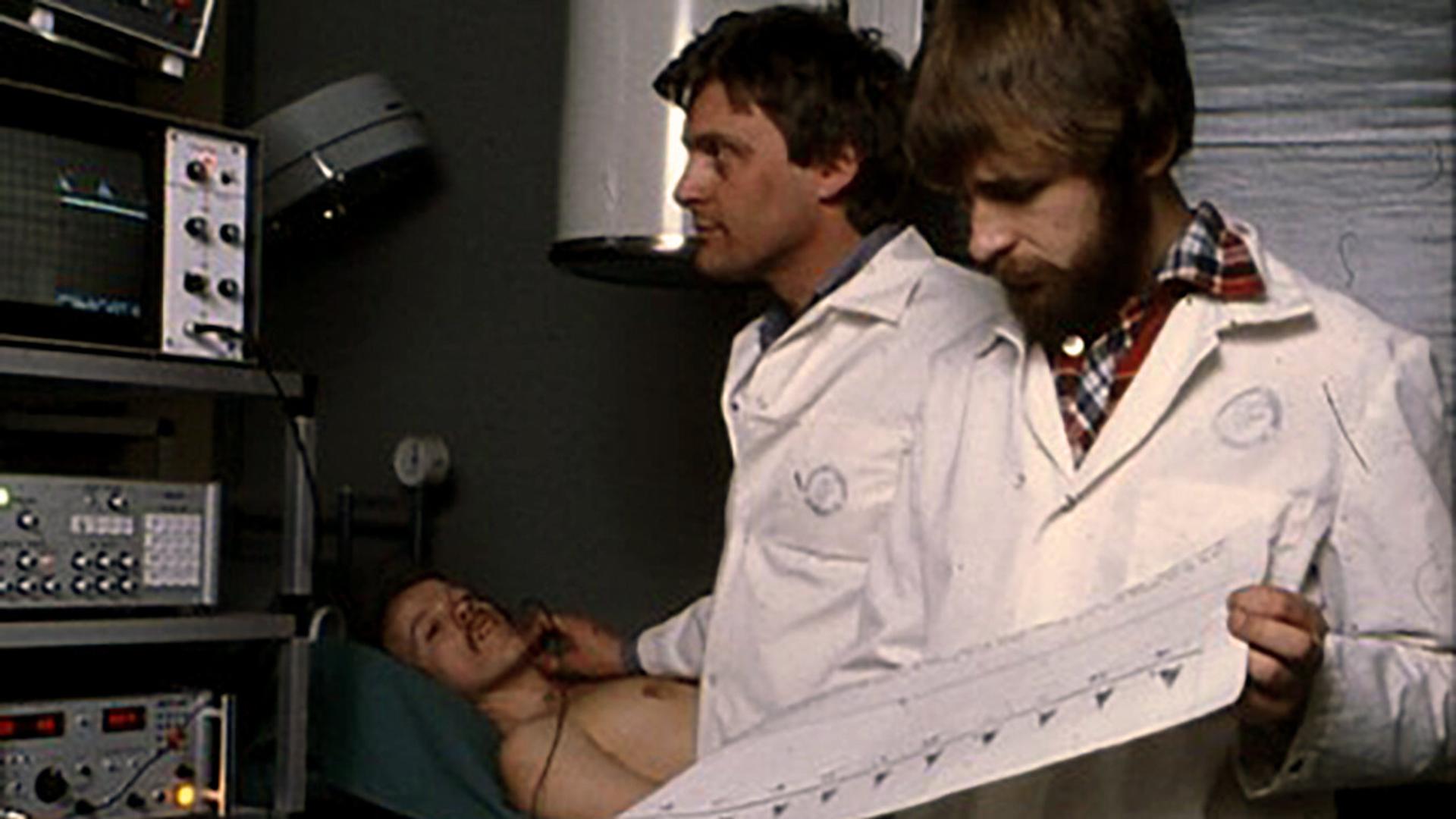 Translating a prototype into a commercial medical ultrasound deviceThe year is 1976 and Kjell Kristoffersen, an engineering cybernetics student at the Norwegian University of Science and Technology, is looking for a summer job.
Translating a prototype into a commercial medical ultrasound deviceThe year is 1976 and Kjell Kristoffersen, an engineering cybernetics student at the Norwegian University of Science and Technology, is looking for a summer job.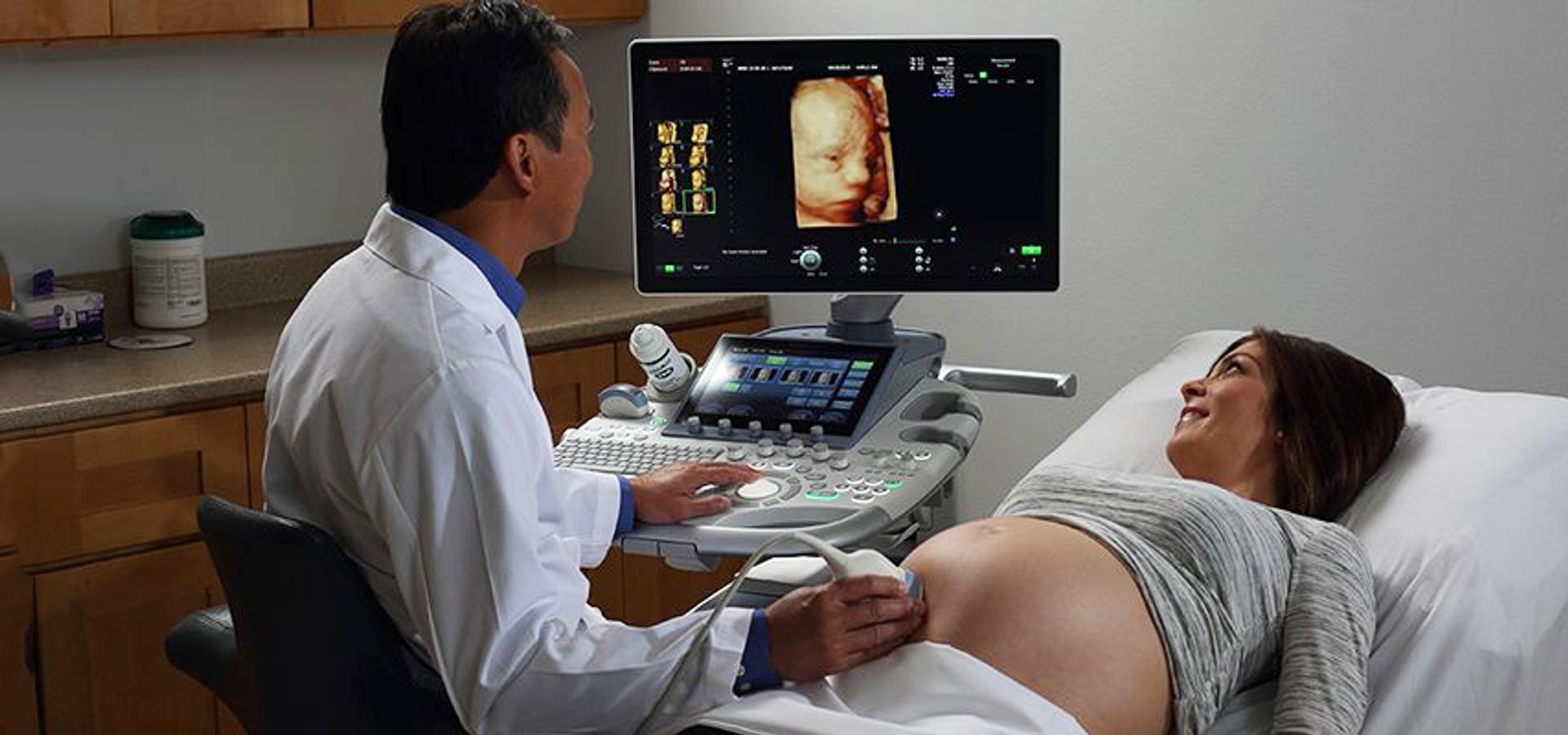 From startup to global brand: a medical ultrasound successThe pioneering work done in Norway on ultrasound blood flow measurements in the 1970s started a snowball effect of medical innovation. However, the commercial success and widespread clinical adoption of the equipment did not come until years later – when Anders Wold entered the scene.
From startup to global brand: a medical ultrasound successThe pioneering work done in Norway on ultrasound blood flow measurements in the 1970s started a snowball effect of medical innovation. However, the commercial success and widespread clinical adoption of the equipment did not come until years later – when Anders Wold entered the scene.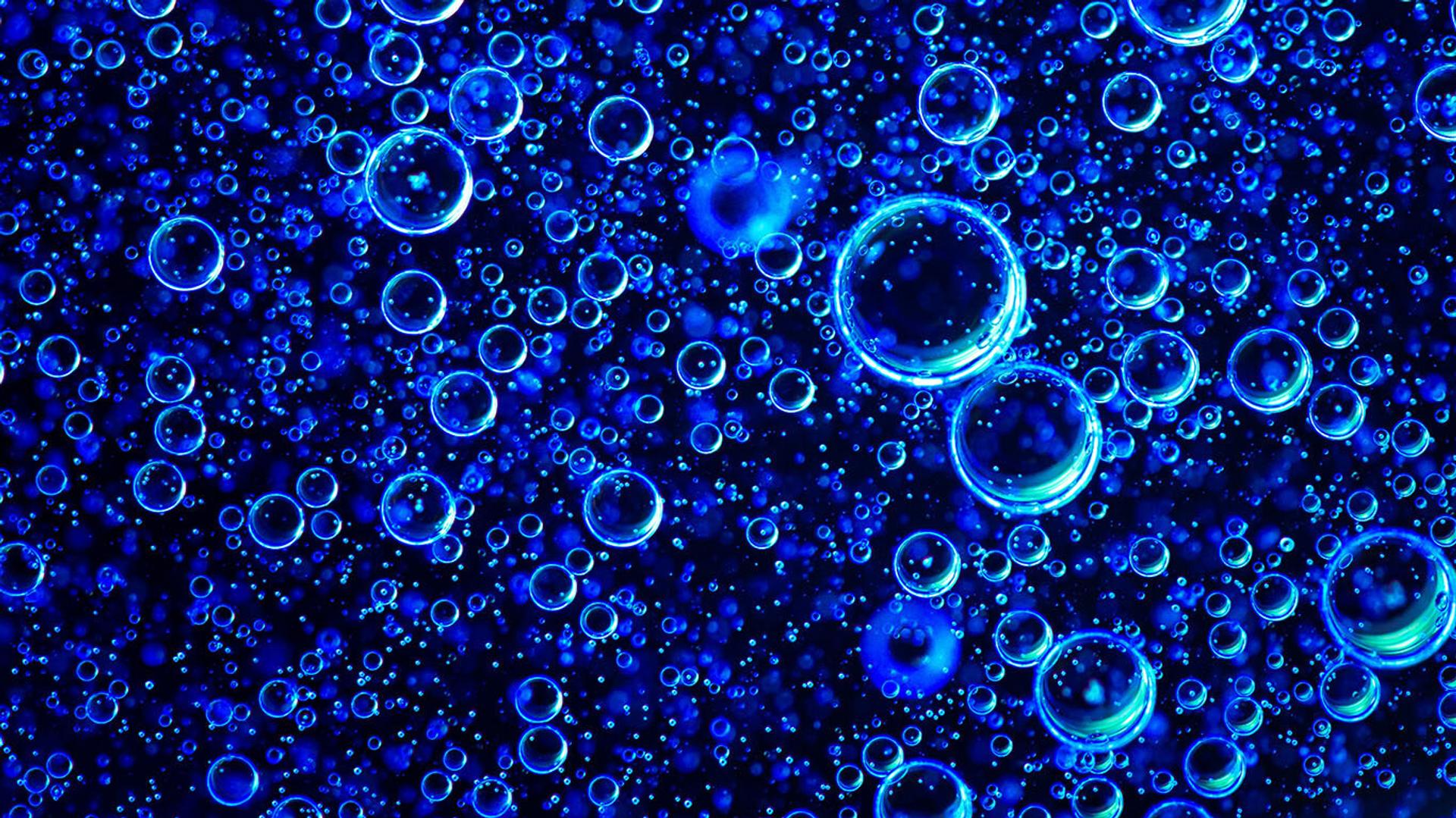 Putting microbubbles to work in medical ultrasound imagingUltrasound is a relatively inexpensive, radiation-free and patient-friendly option for medical diagnosis. However, its signals can be difficult to interpret and often require help from a surprising source: microbubbles.
Putting microbubbles to work in medical ultrasound imagingUltrasound is a relatively inexpensive, radiation-free and patient-friendly option for medical diagnosis. However, its signals can be difficult to interpret and often require help from a surprising source: microbubbles.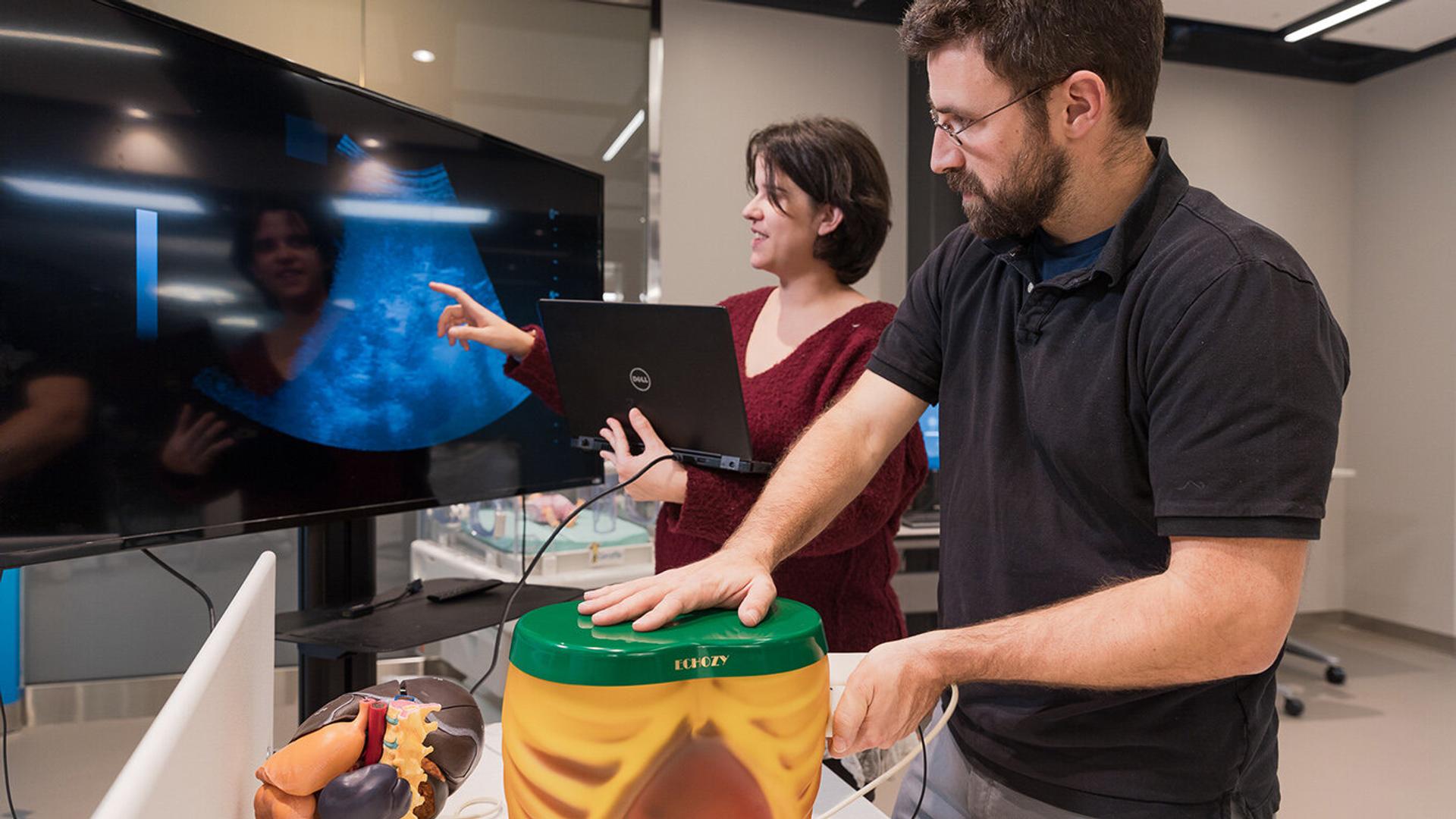 Sir William Castell: championing Norway’s pioneers of ultrasound contrast mediaThe 1990s saw a dramatic increase in the sophistication of medical ultrasound, with the clinical adoption of real-time 3D imaging and ultrasound-guided biopsies revitalising the global diagnostic landscape.
Sir William Castell: championing Norway’s pioneers of ultrasound contrast mediaThe 1990s saw a dramatic increase in the sophistication of medical ultrasound, with the clinical adoption of real-time 3D imaging and ultrasound-guided biopsies revitalising the global diagnostic landscape. Redefining drug delivery: the ultrasound revolution in healthcareFinding an effective method of targeted drug delivery is widely considered the holy grail of precision medicine. With the help of ultrasound, we now have a viable means of pursuing this goal and reaching the final frontier of the human body.
Redefining drug delivery: the ultrasound revolution in healthcareFinding an effective method of targeted drug delivery is widely considered the holy grail of precision medicine. With the help of ultrasound, we now have a viable means of pursuing this goal and reaching the final frontier of the human body.
References
1. Charles Swanton, Elsa Bernard, Chris Abbosh, Embracing cancer complexity: Hallmarks of systemic disease, TME, Volume 187, Issue 7, P1589-1616, 28 March 2024
2. S. Liot et al., Stroma Involvement in Pancreatic Ductal Adenocarcinoma: An Overview Focusing on Extracellular Matrix Proteins, Frontiers in Immunology, 12 (2021), doi:10.3389/fimmu.2021.612271
5. Massimo Masiero, Paul Boulos, Calum Crake, Cliff Rowe, Christian M. Coviello, Ultrasound-induced cavitation and passive acoustic mapping: SonoTran platform performance and short-term safety in a large-animal model, Ultrasound in Medicine & Biology, Volume 48, Issue 8, 2022
6. Denise Roland, New Ultrasound Therapy Could Help Treat Alzheimers, Cancer, Wall Street Journal, 31 July 2023,

